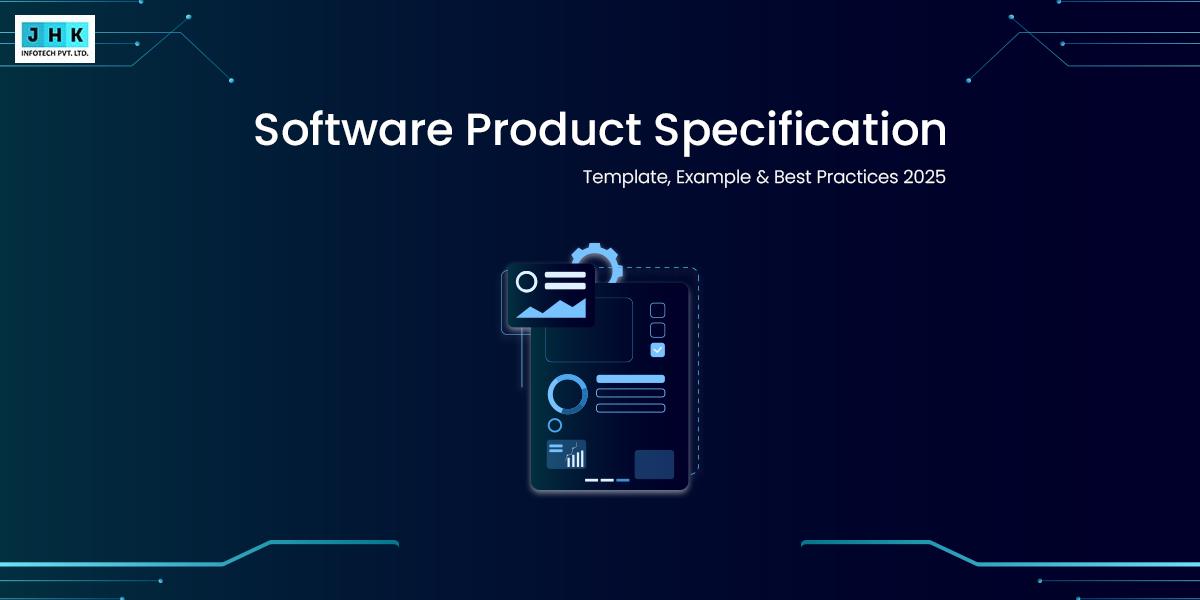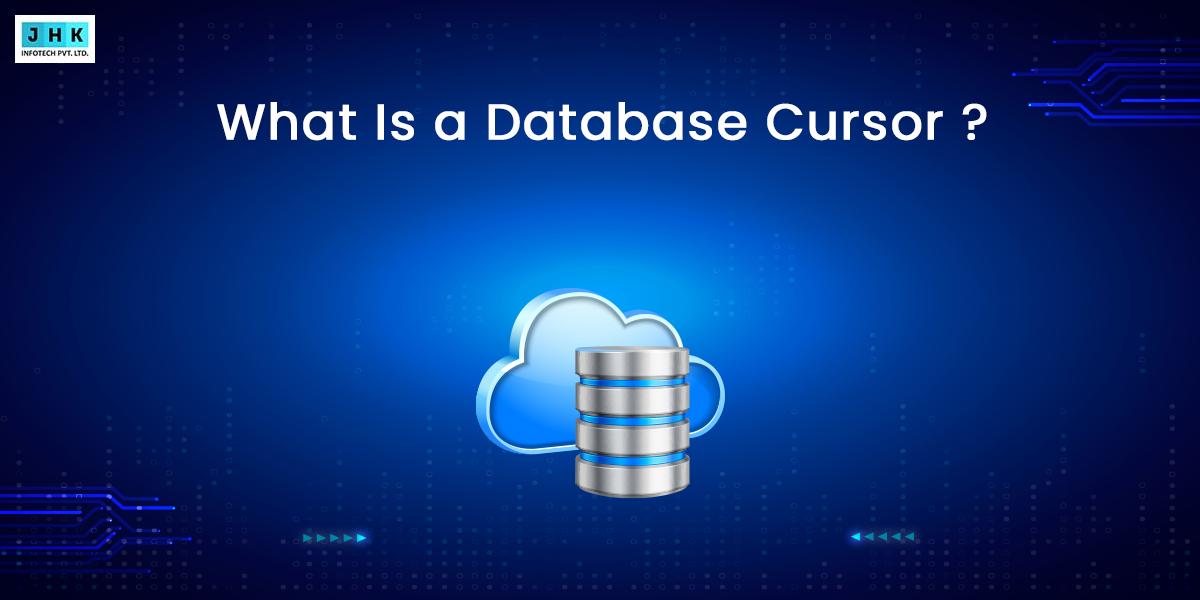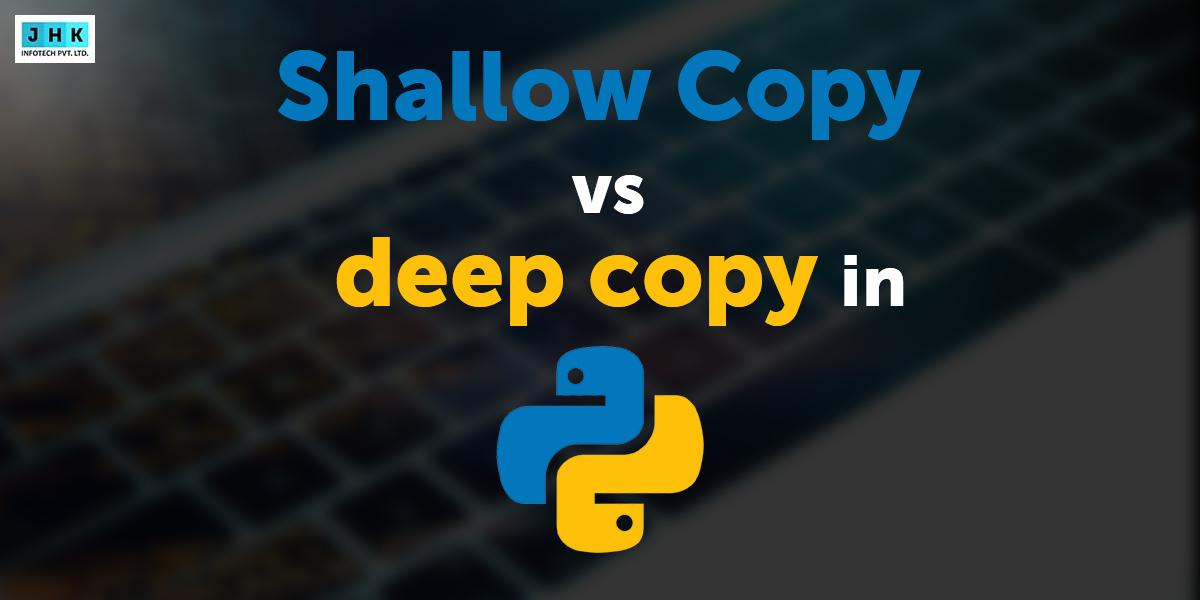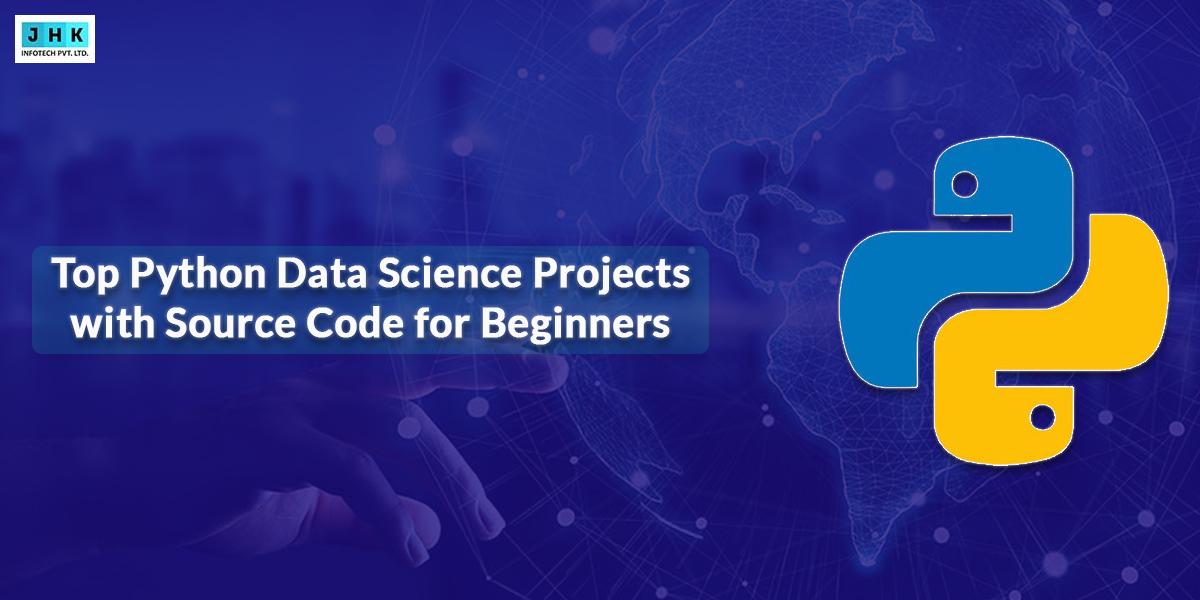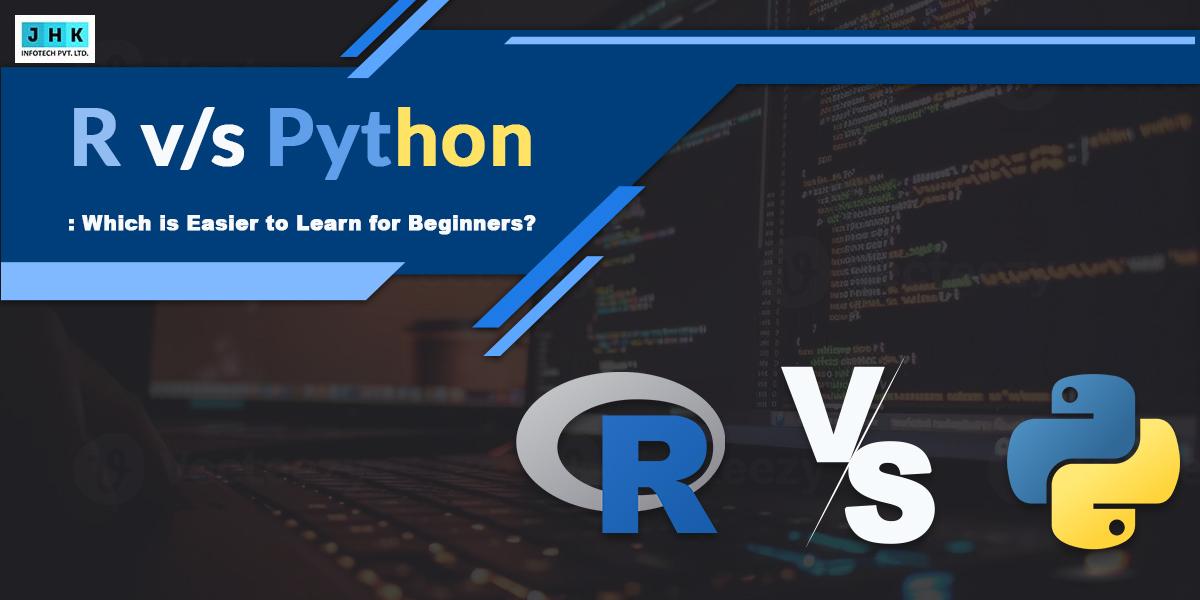How to Build a Machine Learning Pipeline in Python
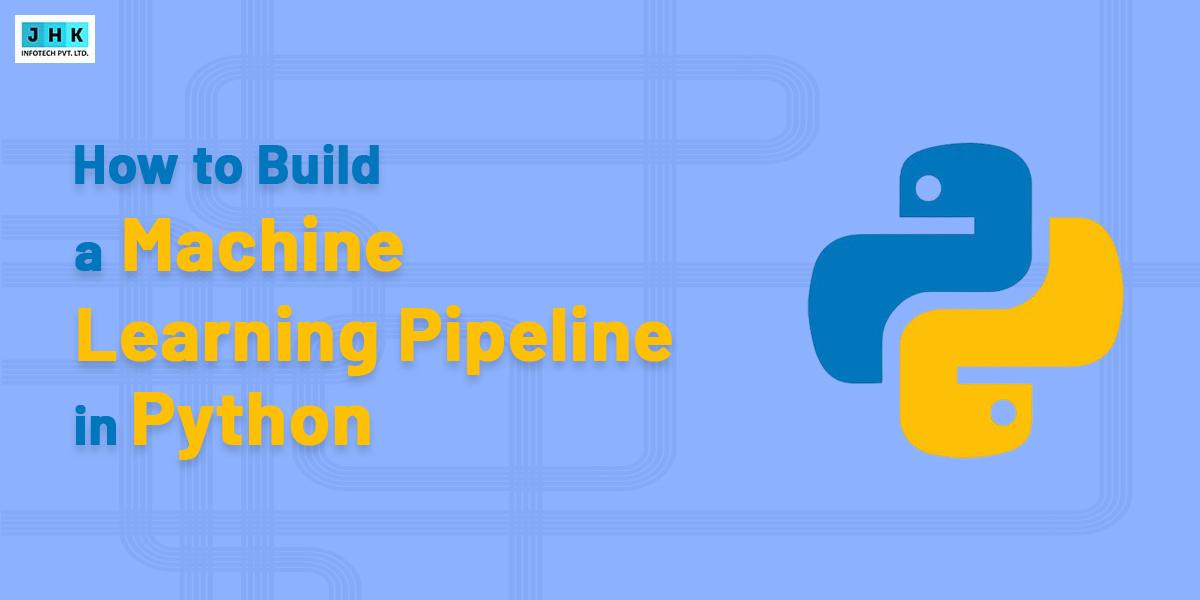
Machine Learning Pipelines
In machine learning, the term “pipeline” refers to a series of interconnected steps that automate and streamline the entire process of developing and deploying a model. Each stage of the pipeline handles a specific task, ranging from data preprocessing to model evaluation. The primary goal is to ensure that each process is executed efficiently and in the right sequence, reducing manual intervention and human error. A robust pipeline enables reproducibility and scalability, essential for complex projects.
Why Pipelines Are Essential for Machine Learning Workflows
Pipelines are fundamental in machine learning workflows because they organize and structure the process, making it easier to track, debug, and refine. By encapsulating each stage of the workflow, a pipeline ensures that transformations are applied consistently, irrespective of the dataset size or complexity. Furthermore, pipelines allow for faster iterations, as model parameters and preprocessing techniques can be adjusted with minimal changes to the overall workflow. This enables data scientists to work more efficiently and experiment with various approaches without reinventing the wheel.
Benefits of Automating the Machine Learning Process
Automation is the backbone of a successful machine learning pipeline. It reduces the time spent on manual tasks, such as data cleaning and model retraining, allowing practitioners to focus on higher-level problem-solving. Additionally, automating processes ensures that models are consistently trained and evaluated in the same way, minimizing human errors and improving reproducibility. Automation also leads to more efficient use of resources, as it enables easy deployment and real-time updates of models. By removing repetitive tasks, it accelerates the entire machine learning lifecycle.
Setting Up Your Python Environment
Essential Python Libraries for Building a Machine Learning Pipeline
Python provides an extensive ecosystem of libraries that support machine learning development. Some of the most essential libraries for building a pipeline include:
- Scikit-learn: For machine learning algorithms and pipeline management.
- Pandas: For data manipulation and analysis.
- NumPy: For numerical computing, especially in linear algebra and matrix operations.
- Matplotlib/Seaborn: For visualizing data and model performance.
- Joblib: For saving and loading models.
These libraries not only facilitate various stages of the pipeline but also integrate seamlessly, enabling practitioners to build robust, efficient workflows.
Installing Required Packages: Scikit-Learn, Pandas, NumPy, and More
To set up your environment, begin by installing the necessary libraries. This can be done easily via Python’s package manager, pip:
pip install scikit-learn pandas numpy matplotlib seaborn joblib
Ensure that you also install other dependencies based on your specific needs, such as TensorFlowor PyTorch for deep learning, or SQLAlchemy for database interactions.
Setting Up a Virtual Environment for Your Project
A virtual environment is a crucial tool for managing dependencies in Python. By isolating your project from the system Python installation, it ensures that specific library versions don’t conflict with others on the system. To set up a virtual environment, use this command:
python -m venv myenv
Activate it with:
source myenv/bin/activate # On MacOS/Linux
myenv\Scripts\activate # On Windows
This step is especially useful when working with different projects that require different library versions.
Components of a Machine Learning Pipeline
Data Ingestion: Collecting and Loading Data
Data ingestion serves as the foundational step in any machine learning pipeline. This involves acquiring raw data from various sources such as databases, CSV files, APIs, or even web scraping. Depending on the task, you may also need to clean the data or preprocess it at this stage. Python provides several libraries, like Pandas and SQLAlchemy, for efficient data ingestion from different formats.
Data Preprocessing: Cleaning, Transforming, and Handling Missing Values
Raw data is often messy, containing missing values, outliers, or irrelevant information. Preprocessing transforms this data into a clean, usable format by performing operations like:
- Removing duplicates or irrelevant columns.
- Filling or dropping missing values.
- Handling outliers.
- Normalizing or standardizing the data.
This step is crucial because the quality of the data directly affects the performance of the machine learning model.
Feature Engineering: Enhancing Model Performance with Better Features
Feature engineering entails crafting new variables or refining existing ones to enhance the overall performance of the model. This can include scaling data, converting categorical variables into numerical values, or creating interaction terms between features. Well-engineered features help the model capture patterns more effectively and enhance predictive accuracy.
Model Training: Selecting and Training the Right Machine Learning Model
Once the data is prepared, the next step is to select and train a machine learning model. The model choice depends on the problem at hand—whether it’s classification, regression, clustering, or another task. Widely used algorithms encompass decision trees, random forests, and support vector machines. The model is trained on the processed data, learning the underlying patterns.
Model Evaluation: Measuring Performance and Fine-Tuning
Evaluating the model is crucial to ensure that it generalizes well to unseen data. Typical evaluation metrics encompass accuracy, precision, recall, and the F1-score. Cross-validation is often employed to get an unbiased estimate of model performance. Fine-tuning the model’s parameters based on the evaluation results is key to optimizing its performance.
Model Deployment: Deploying Your Model for Real-World Use
The final step is deploying the model to a production environment. This might involve creating a web service or an API using frameworks like Flask or FastAPI, enabling real-time predictions or batch processing. Deployment requires packaging the model and all its dependencies so it can be seamlessly integrated into the existing system.
Data Collection and Preprocessing
Importing Data: Reading CSV, JSON, and Databases in Python
Python’s Pandas library is ideal for importing data from various formats. For example:
import pandas as pd
df = pd.read_csv('data.csv') # Reading a CSV file
df = pd.read_json('data.json') # Reading a JSON file
For more complex data, you can use SQLAlchemy to read data directly from databases, facilitating easy integration with SQL-based data sources.
Handling Missing Data: Strategies for Data Imputation
Handling missing data is one of the most critical aspects of preprocessing. Imputation techniques, such as filling missing values with the mean, median, or using algorithms like k-nearest neighbors, are common practices. Alternatively, rows with missing values can be dropped if they don’t significantly impact the dataset.
df.fillna(df.mean(), inplace=True) # Imputation with mean
Data Normalization and Standardization: When and How to Use Them
Normalization and standardization are both methods of scaling data to bring it within a specific range or distribution. Normalization transforms data to a range [0,1], while standardization scales the data to have a mean of 0 and a standard deviation of 1. These methods are essential for algorithms that are sensitive to the scale of input features, like support vector machines and neural networks.
from sklearn.preprocessing import StandardScaler
scaler = StandardScaler()
df_scaled = scaler.fit_transform(df)
Encoding Categorical Variables for Machine Learning Models
Many machine learning algorithms require numerical input, necessitating the conversion of categorical variables into numerical representations. Methods such as one-hot encoding and label encoding are frequently employed to achieve this objective.
df = pd.get_dummies(df, columns=['category_column']) # One-hot encoding
Splitting Data into Training, Validation, and Test Sets
Splitting the dataset ensures that the model is trained on one portion of the data, validated on another, and tested on a separate set to evaluate generalization performance. Typically, the data is split into 70% for training, 15% for validation, and 15% for testing.
from sklearn.model_selection import train_test_split
train, test = train_test_split(df, test_size=0.2)
Feature Engineering and Selection
Feature Extraction: Transforming Raw Data into Useful Features
extraction is the process of converting raw data into a collection of meaningful features. This can include extracting date components from a timestamp, converting text data into numerical vectors using techniques like TF-IDF, or creating interaction terms that capture relationships between features.
Feature Scaling: Min-Max Scaling vs. Standard Scaling
Scaling guarantees that every feature contributes proportionally to the model’s performance. Min-Max scaling transforms features to a [0,1] range, while standard scaling centers the data around 0 with a standard deviation of 1. The choice depends on the algorithm being used—min-max scaling is generally preferred for neural networks, while standard scaling is often better for linear models.
Selecting the Best Features for Your Model: Feature Importance and PCA
Feature selection aims to identify the most relevant features and discard the irrelevant ones. Techniques like feature importance (e.g., using tree-based models) and Principal Component Analysis (PCA) help reduce dimensionality, improving model efficiency and performance.
Automating Feature Engineering with Python Libraries
Python offers libraries like Feature-engine and Auto-sklearn that automate the feature engineering process. These tools help optimize the feature extraction process, saving time and ensuring that the most relevant features are selected.
Building the Machine Learning Pipeline in Python
Introduction to Scikit-Learn’s Pipeline Class
The Pipeline class from Scikit-learn is a powerful tool for combining multiple stages of a machine learning workflow. It ensures that all steps—from data preprocessing to model training—are executed in a single pipeline.
Creating a Basic Machine Learning Pipeline
A simple machine learning pipeline might consist of data preprocessing steps, followed by model training. For instance:
from sklearn.pipeline import Pipeline
from sklearn.ensemble import RandomForestClassifier
from sklearn.preprocessing import StandardScaler
pipeline = Pipeline([
('scaler', StandardScaler()),
('classifier', RandomForestClassifier())
])
Adding Data Preprocessing Steps to the Pipeline
Data preprocessing can be added as a step in the pipeline, ensuring that it is executed automatically each time the model is trained. This keeps the workflow modular and clean.
Incorporating Feature Engineering into the Pipeline
Feature engineering steps can be integrated into the pipeline, allowing for seamless transformations on the dataset before training the model.
Automating Hyperparameter Tuning within the Pipeline
Hyperparameter tuning can also be automated within the pipeline using GridSearchCV or RandomizedSearchCV. These methods test different combinations of hyperparameters and select the best model.
Training and Evaluating the Model
Choosing the Right Machine Learning Algorithm for Your Task
The choice of algorithm is pivotal in determining the success of a machine learning project. For classification tasks, algorithms like logistic regression or support vector machines may be appropriate, while decision trees or neural networks might be better suited for more complex datasets.
Training the Model with the Pipeline
Once the pipeline is defined, training the model becomes an automated task. By using the fit() method, the pipeline sequentially applies each transformation before training the model.
Evaluating Model Performance: Accuracy, Precision, Recall, and F1 Score
Evaluating model performance is essential to understand its strengths and weaknesses. Metrics like accuracy, precision, recall, and the F1 score offer insights into different aspects of the model’s performance, helping to fine-tune and optimize it.
Avoiding Overfitting and Underfitting with Cross-Validation
Cross-validation is an essential technique to avoid overfitting or underfitting. By training the model on multiple subsets of the data and evaluating its performance on others, it ensures that the model generalizes well.
Optimizing and Fine-Tuning the Pipeline
Using GridSearchCV and RandomizedSearchCV for Hyperparameter Optimization
GridSearchCV and RandomizedSearchCV are essential tools for fine-tuning the hyperparameters of machine learning models. By systematically testing different hyperparameter combinations, these methods help identify the optimal configuration for the model.
Implementing Feature Selection for Performance Enhancement
Feature selection techniques like Recursive Feature Elimination (RFE) can be used to remove redundant features, thereby enhancing the performance of the model.
Debugging Common Issues in Machine Learning Pipelines
Common issues in machine learning pipelines include data leakage, improper data splitting, or incorrect parameter settings. Debugging tools like Scikit-learn’s GridSearchCV and cross-validation help identify and resolve these issues.
Saving and Deploying the Machine Learning Pipeline
Saving Your Trained Pipeline with Joblib and Pickle
Once the pipeline is trained, it can be saved using libraries like Joblib or Pickle, ensuring that the model and preprocessing steps can be reused later.
import joblib
joblib.dump(pipeline, 'model_pipeline.pkl')
Deploying the Pipeline Using Flask and FastAPI
Flask and FastAPI are powerful frameworks for deploying machine learning models as web applications or APIs, allowing real-time predictions.
Integrating the Pipeline into a Web Application or API
Integrating the pipeline into an API enables easy access to machine learning predictions via HTTP requests, making it suitable for production environments where real-time inference is necessary.
Monitoring and Maintaining the Machine Learning Pipeline
Continuous Model Evaluation and Retraining
Continuous monitoring and periodic retraining ensure that the model remains relevant and accurate as new data becomes available. This process is crucial for maintaining high performance.
Handling Data Drift and Model Decay
Over time, the performance of a model may degrade due to changes in the underlying data distribution, a phenomenon known as data drift. Regular updates and retraining are essential to combat model decay.
Automating Pipeline Updates with MLOps Practices
MLOps practices, which focus on the lifecycle of machine learning models in production, can automate updates to the pipeline, ensuring that models stay current with minimal human intervention.
Need expert help setting up machine learning workflows? Visit our Services Page to see how we simplify ML pipeline development.
Final Thought
Building a machine learning pipeline in Python involves creating a systematic, automated workflow that handles data ingestion, preprocessing, model training, and deployment. With libraries like Scikit-learn and Pandas, practitioners can streamline each stage of the process, improving efficiency and scalability.
As you become more proficient in building machine learning pipelines, the next step is scaling your pipeline for larger datasets or more complex models. Implementing distributed systems or using cloud services like AWS or Google Cloud can help you manage this increased complexity.
To master machine learning pipelines, consider diving deeper into advanced topics such as MLOps, automated machine learning (AutoML), and deep learning. Tutorials, courses, and research papers provide valuable insights into refining your pipeline-building skills.
FAQ’s
What Is a Pipeline in Python?
A pipeline in Python is a structured way to automate a sequence of data processing steps, typically used in machine learning. It combines tasks such as data cleaning, feature extraction, model training, and evaluation into a single workflow. The most popular implementation is scikit-learn’s Pipeline, which ensures that the same transformations are consistently applied during both training and prediction.
What’s the Best Way to Make an ML Training Pipeline in Python?
The best way is to use scikit-learn’s Pipeline and ColumnTransformer classes. These tools let you chain preprocessing and modeling steps so you avoid data leakage and maintain reproducibility. For deep learning, frameworks like TensorFlow Extended (TFX) or PyTorch Lightning are commonly used to build scalable pipelines.
What Tools Exist to Automate the Tuning of Hyperparameters in Machine Learning Models?
Several tools exist for hyperparameter optimization:
- GridSearchCV / RandomizedSearchCV (scikit-learn) – basic, widely used.
- Optuna – efficient, modern library with pruning.
- Hyperopt – Bayesian optimization framework.
- Ray Tune – scalable hyperparameter search for distributed systems.
- Keras Tuner – for deep learning models.
What Is a Machine Learning Pipeline?
A machine learning pipeline is an end-to-end workflow that automates data ingestion, preprocessing, model training, hyperparameter tuning, evaluation, and deployment. It ensures that each step is reproducible, scalable, and integrated, reducing manual effort.
How Can I Integrate Hyperparameter Optimization Into My Existing ML Pipeline?
You can wrap your pipeline with hyperparameter search methods like GridSearchCV, RandomizedSearchCV, Optuna, or Ray Tune. For example, in scikit-learn, you can define a pipeline with preprocessing + estimator, then pass it into GridSearchCV with a parameter grid for automated tuning.
How to Build a Machine Learning Pipeline?
Steps to build an ML pipeline in Python:
- Data collection & preprocessing – clean and transform raw data.
- Feature engineering – extract or select meaningful features.
- Model selection – choose algorithm(s).
- Pipeline creation – link transformations and model using scikit-learn or other frameworks.
- Hyperparameter tuning – optimize model performance.
- Evaluation – validate with cross-validation.
- Deployment – package the trained pipeline for production.
How to Use a Pipeline in Python?
Example with scikit-learn:
from sklearn.pipeline import Pipeline
from sklearn.preprocessing import StandardScaler
from sklearn.linear_model import LogisticRegression
pipeline = Pipeline([
('scaler', StandardScaler()),
('model', LogisticRegression())
])
pipeline.fit(X_train, y_train)
y_pred = pipeline.predict(X_test)
This ensures all preprocessing steps are applied consistently.
How Can I Automate Hyperparameter Tuning in My ML Projects?
You can automate tuning by integrating libraries like Optuna, Hyperopt, or Ray Tune into your pipeline. These tools test different parameter combinations, prune poor results early, and optimize for speed and accuracy without manual intervention.
How to Optimize an ML Pipeline?
- Use feature selection to reduce dimensionality.
- Apply cross-validation to validate stability.
- Automate hyperparameter tuning with Optuna or Ray Tune.
- Use parallelization or distributed training for large datasets.
- Continuously monitor performance in production and retrain as needed.



